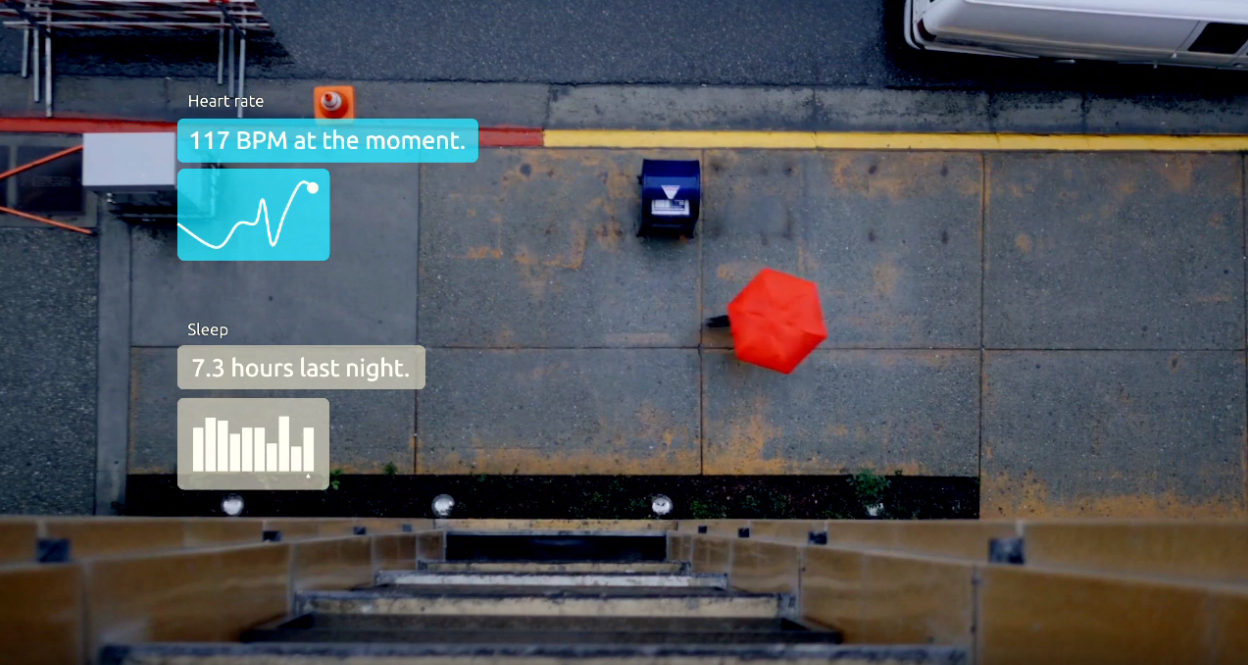
Three of our team members today presented their work at San Jose for the Conference of Human Factors in Computing. Their research received an award: Honorable Mention. The research sets an important milestone in understanding how doctors might use data which patients collect, such as through Fitbits and diaries. This has important implications for how we might design better systems for doctors to use such data.
While the Quantified Self and personal informatics fields have focused on the individual's use of self-logged data about themselves, the same kinds of data could, in theory, be used to improve diagnosis and care planning. In this paper, we seek to understand both the opportunities and bottlenecks in the use of self-logged data for differential diagnosis and care planning during patient visits to both primary and secondary care. We first conducted a literature review to identify potential factors influencing the use of self-logged data in clinical settings. This informed the design of our experiment, in which we applied a vignette-based role-play approach with general practitioners and hospital specialists in the US and UK, to elicit reflections on and insights about using patient self-logged data. Our analysis reveals multiple opportunities for the use of self-logged data in the differential diagnosis workflow, identifying capture, representational, and interpretational challenges that are potentially preventing self-logged data from being effectively interpreted and applied by clinicians to derive a patient's prognosis and plan of care.
Peter West, Richard Giordano, Max Van Kleek, and Nigel Shadbolt. 2016. The Quantified Patient in the Doctor's Office: Challenges & Opportunities. In Proceedings of the 2016 CHI Conference on Human Factors in Computing Systems (CHI '16). ACM, New York, NY, USA, 3066-3078. DOI: https://doi.org/10.1145/2858036.2858445
Read the paper here